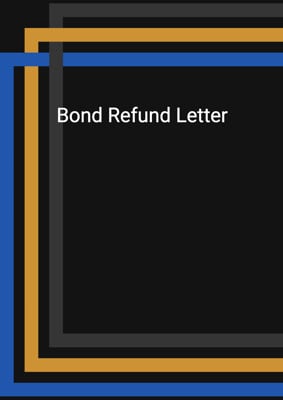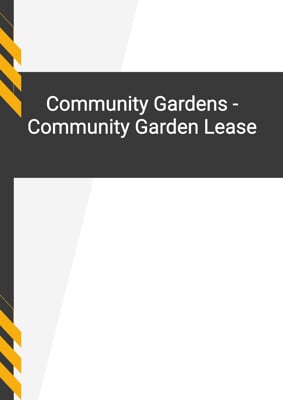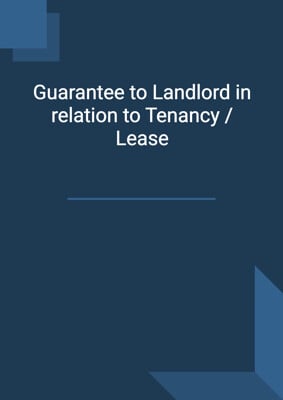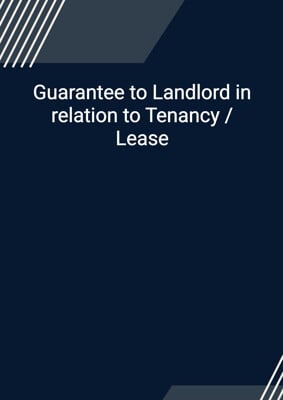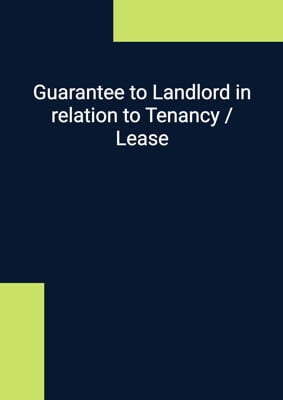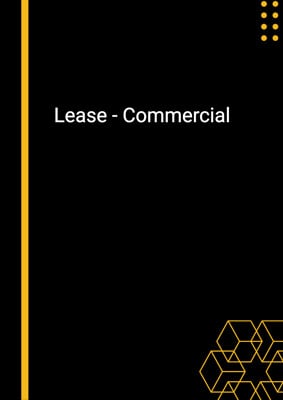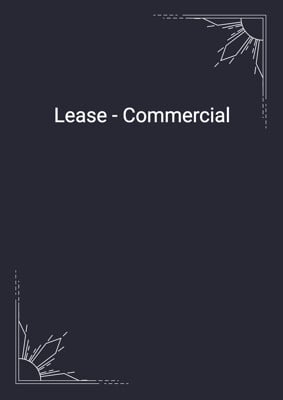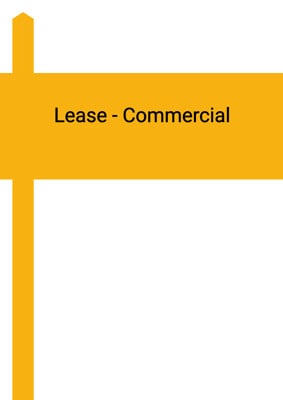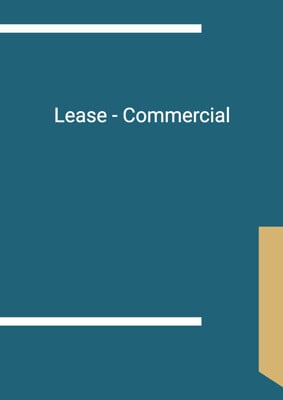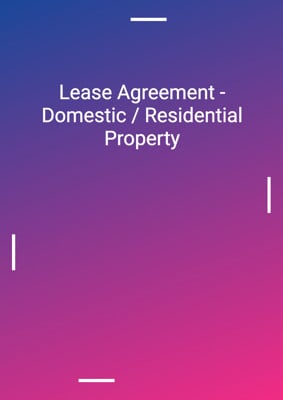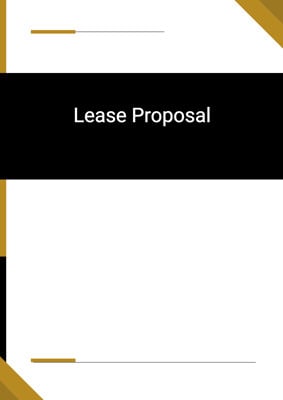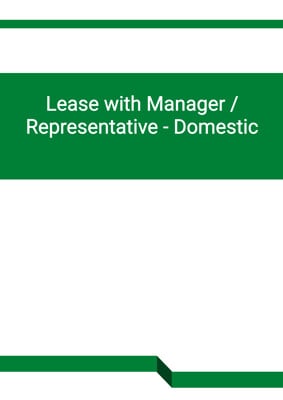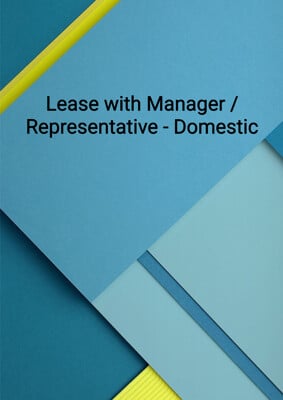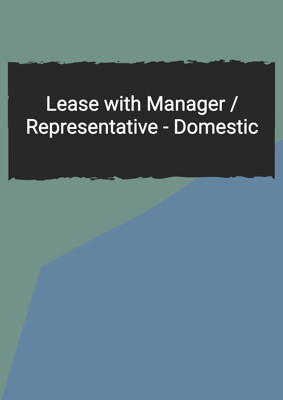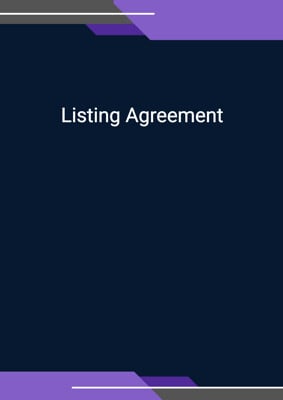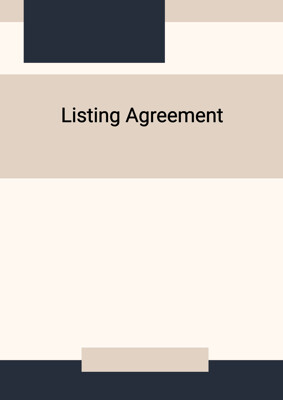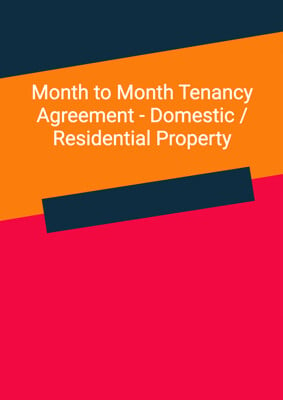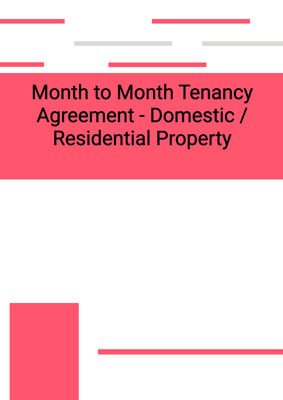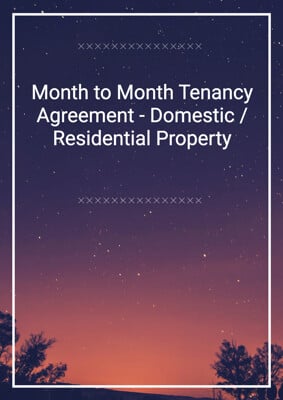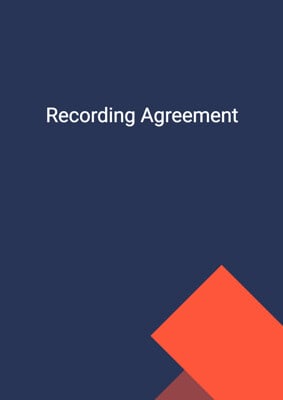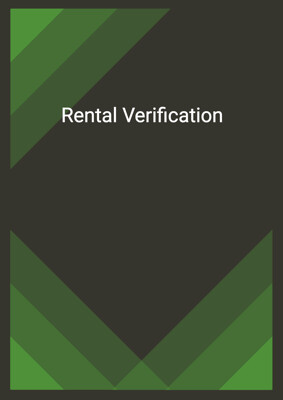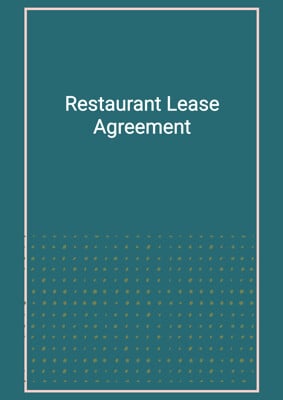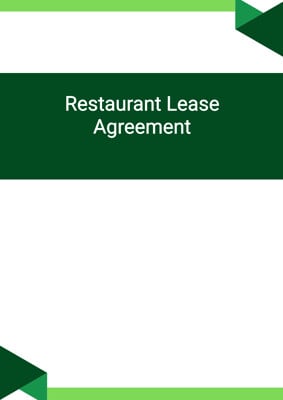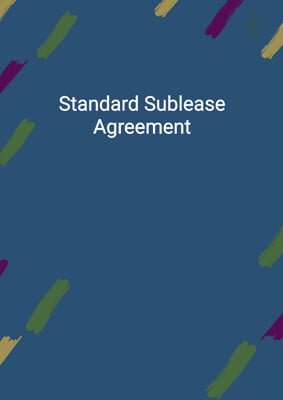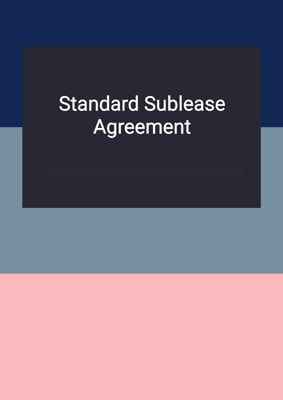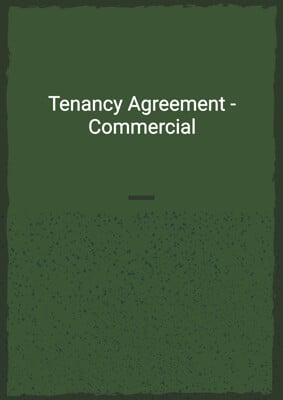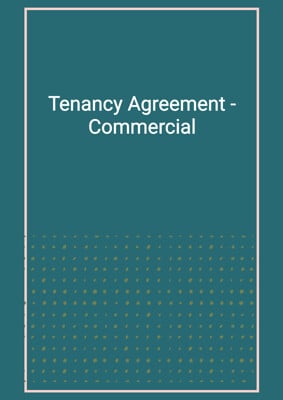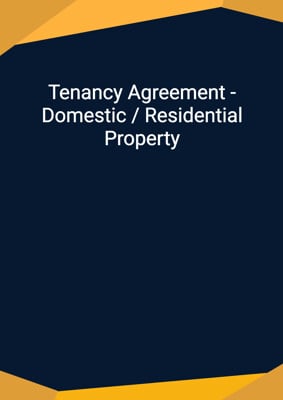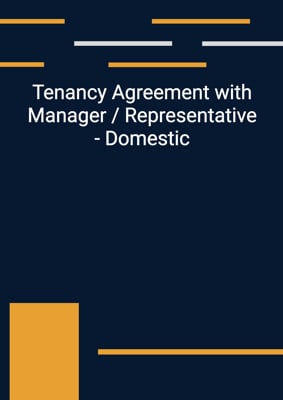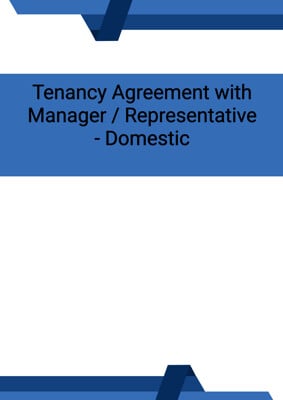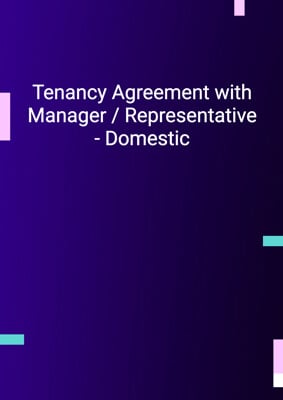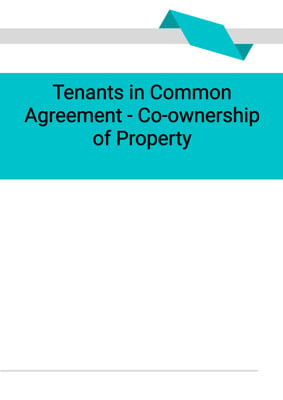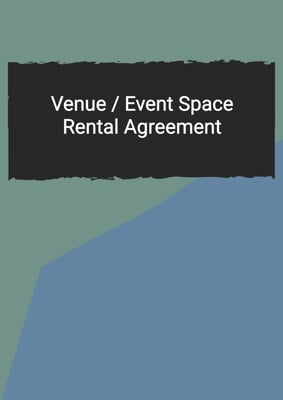How to Tailor the Document for Your Need?
01
Create Document
Click "Create Document" button and the document will be prepared with your account details automatically filled in.
02
Fill Information
Please fill in any additional information by following the step-by-step guide on the left hand side of the preview document and click the "Next" button.
03
Get Document
When you are done, click the "Get Document" button and you can download the document in Word or PDF format.
04
Review Document
Please review the document carefully and make any final modifications to ensure that the details are correct before sending to the addressee.
Document Preview
Document Description
The document titled 'Notice To Enter Premises' is a formal notice that a landlord sends to their tenant to inform them of their intention to access the rented premises on a specific date and time. The document starts with the account holder's information, including their first name, last name, address, email, and phone number. The recipient of the notice, referred to as 'party 1,' is addressed in the letter.
The purpose of the document is to provide a formal notice to the tenant about the landlord's intention to access the premises for a specific reason. The letter emphasizes the importance of the notice and the need for the tenant's cooperation.
The document begins by stating that the sender is the landlord of the property mentioned in the letter. The address of the premises is provided, followed by a brief introduction to the purpose of the notice. The letter mentions that the landlord intends to access the premises on a specific date and time.
The content of the document varies depending on whether the notice is required by the tenancy agreement or by the law. If the notice is required by the tenancy agreement, the letter states that it is in accordance with the terms and conditions of the agreement, which specify the number of days' notice required. If the notice is not required by the agreement, the letter states that it is in accordance with the law, which allows landlords to access rental property with reasonable advance notice.
The letter concludes by expressing gratitude for the tenant's cooperation and providing contact information for any further questions. It is signed with the account holder's first name and last name.
Overall, the document serves as a formal notice to the tenant, highlighting the importance of the notice and the landlord's intention to access the premises for a specific reason.
How to use this document?
Guidance for using the 'Notice To Enter Premises' document:
1. Provide your information: Fill in your first name, last name, address, email, and phone number in the designated fields at the beginning of the document.
2. Address the recipient: Replace 'party 1 name' with the name of the tenant or the person responsible for the premises.
3. Specify the date and time: Enter the specific date and time when you intend to access the premises in the respective fields.
4. State the reason: Modify the phrase 'in order to reason' to specify the reason for accessing the premises, such as inspection, repairs, or maintenance.
5. Determine the notice requirement: Evaluate whether the notice is required by the tenancy agreement or by the law. If it is required by the agreement, keep the corresponding section and delete the other. If it is not required by the agreement, keep the section stating compliance with the law.
6. Customize the closing: Adjust the closing paragraph to suit your needs and add any additional information or instructions.
7. Review and contact information: Double-check the document for accuracy and completeness. Ensure that your contact information is correct and up to date.
8. Send the notice: Print the document on official letterhead or send it electronically to the tenant. Keep a copy for your records.
Note: This guidance provides a general overview of how to use the document. It is important to consider any specific legal requirements or regulations applicable to your jurisdiction or tenancy agreement.
Not the right document?
Don’t worry, we have thousands of documents for you to choose from:

